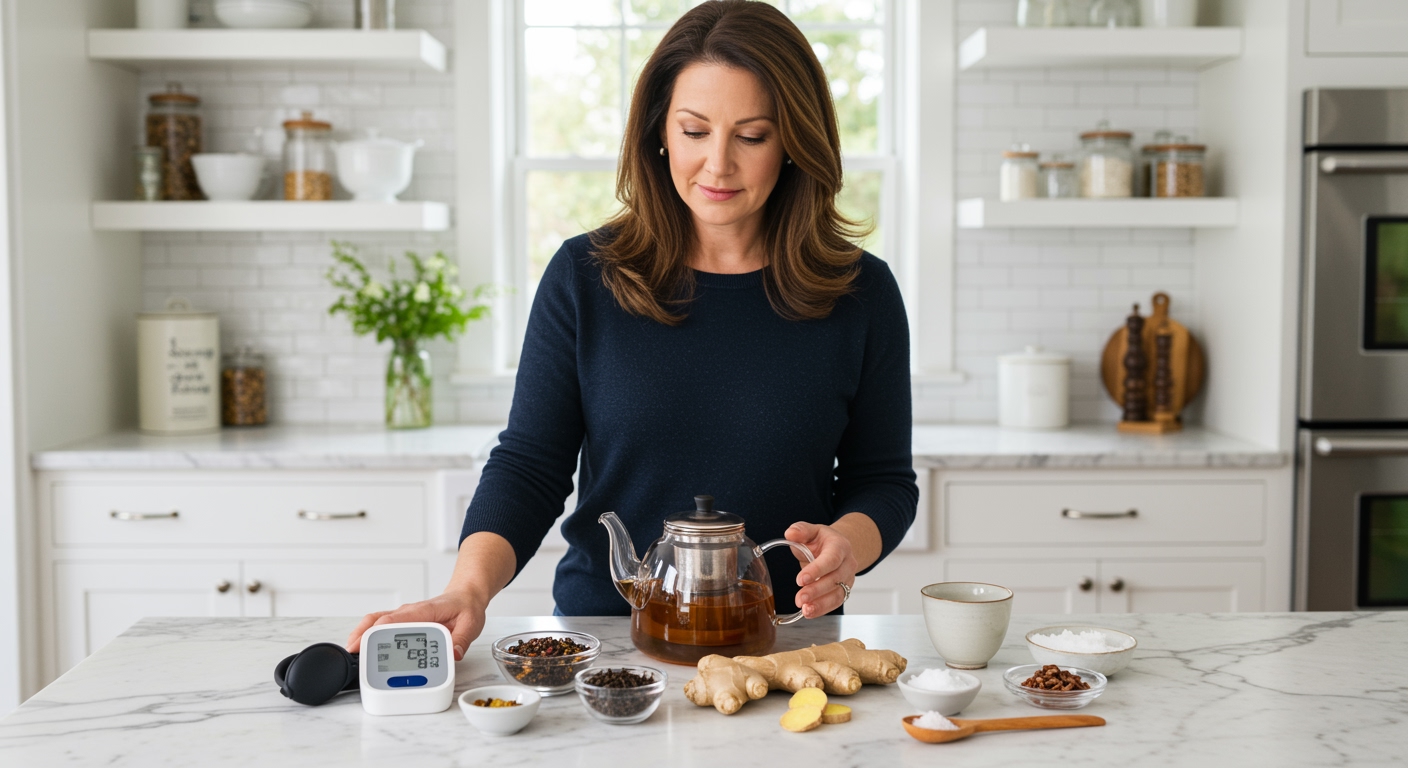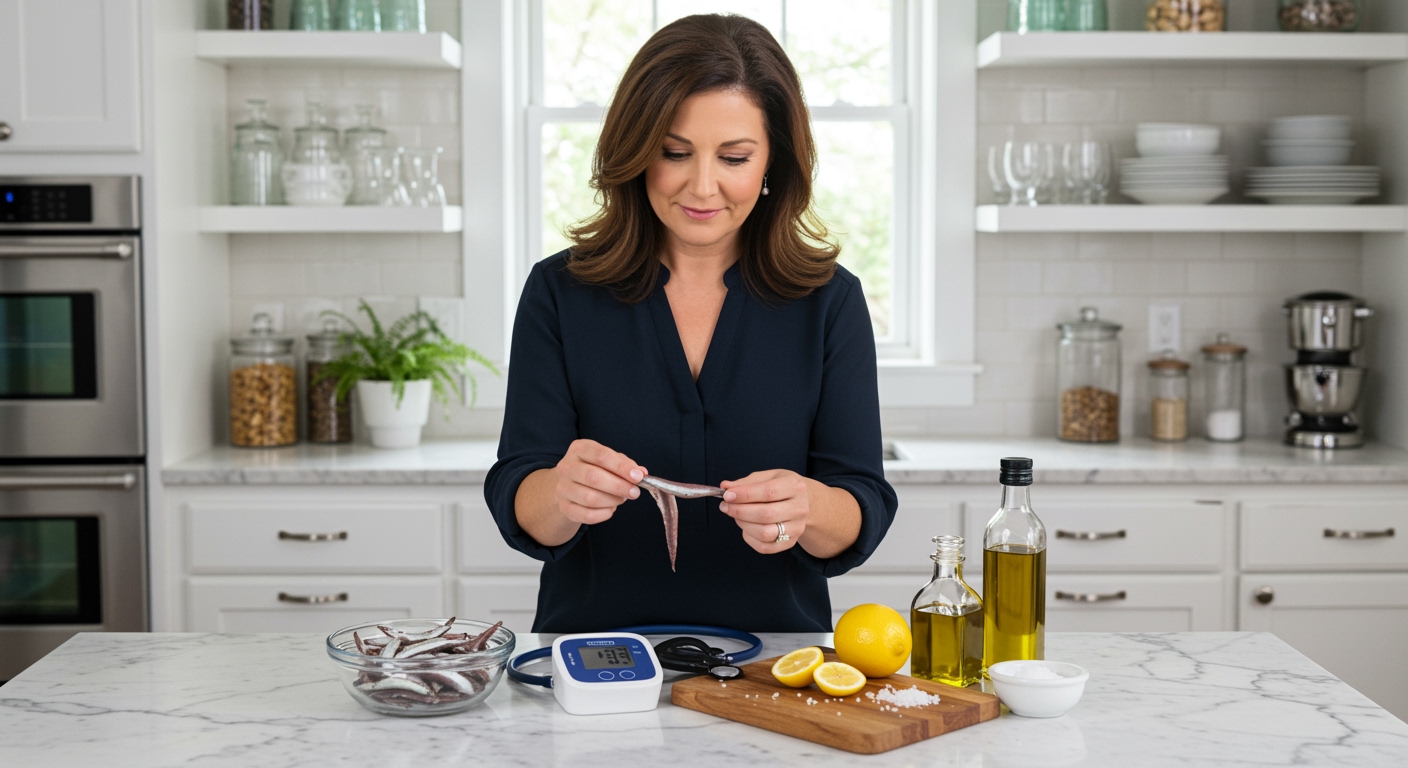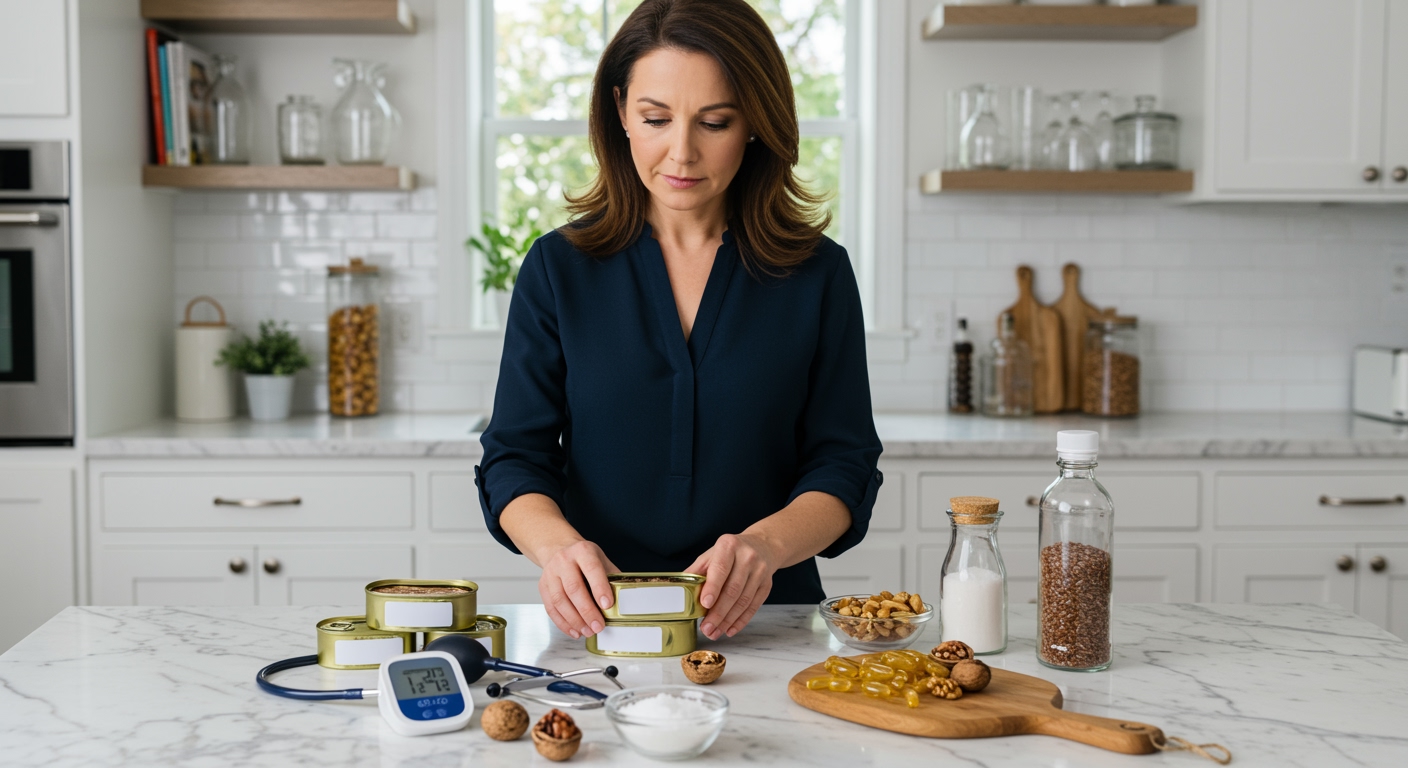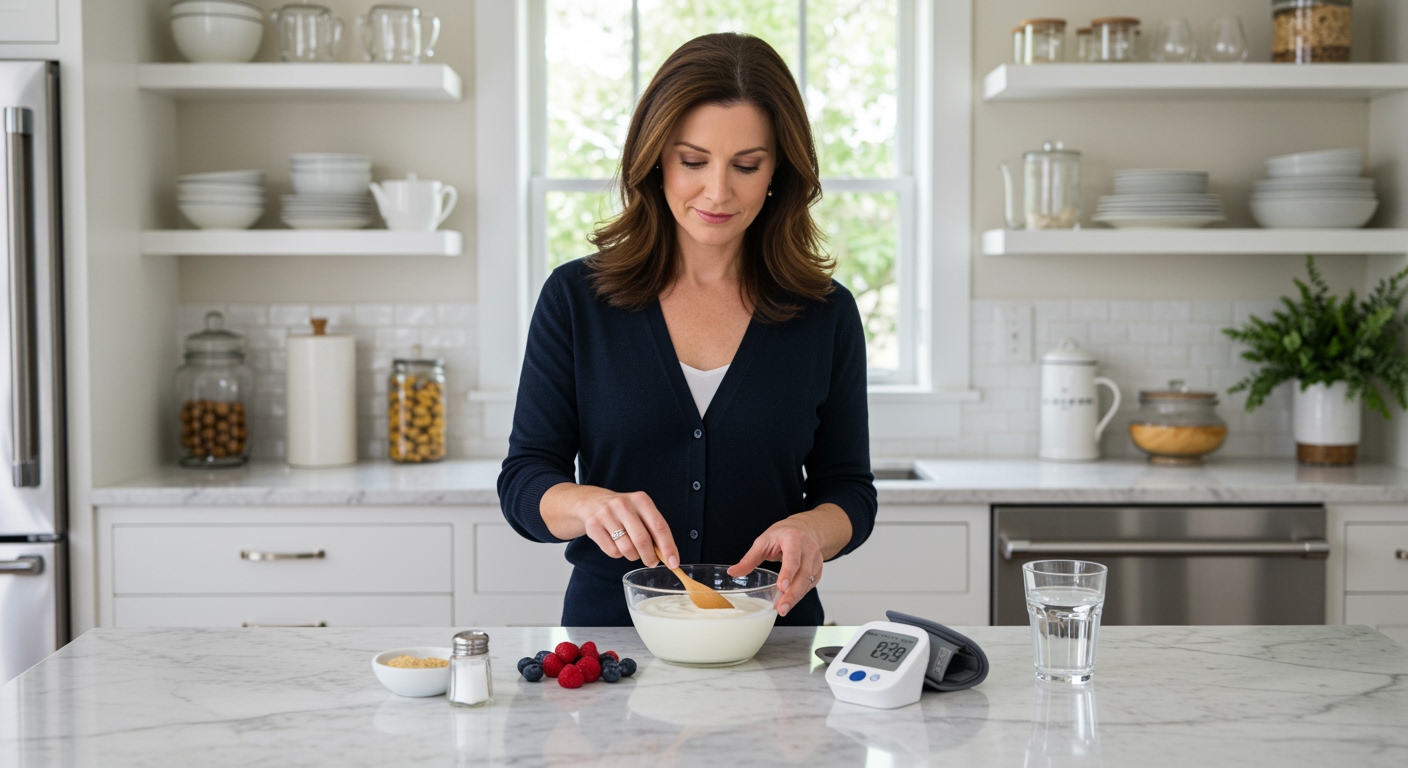✪ Key Takeaway: Certain teas like licorice root and ginger can help raise low blood pressure naturally through different mechanisms.
Introduction
Your morning cup of tea might be doing more than just waking you up.
If you struggle with low blood pressure and feel dizzy when standing up, you might wonder whether your daily tea habit helps or hurts your condition.
Hi, I’m Abdur, your nutrition coach and today I’m going to explain how different teas affect blood pressure levels and which ones can actually help raise your readings when they drop too low.
How Do Teas Actually Affect Blood Pressure?
Tea contains various bioactive compounds that interact with your cardiovascular system in complex ways.
Most research focuses on how teas lower high blood pressure, but the mechanisms work both ways depending on your baseline levels.
Caffeine provides the most immediate blood pressure raising effect by blocking adenosine receptors in your brain.
This blocking action prevents your blood vessels from relaxing, which temporarily increases both your heart rate and blood pressure.
However, regular tea drinkers develop tolerance to caffeine effects within just a few days of consistent consumption.
Beyond caffeine, teas contain flavonoids and other plant compounds that can influence your vascular function through different pathways.
✪ Fact: Your blood pressure response to tea depends more on your individual sensitivity than the type of tea you drink.
Which Teas Can Help Raise Low Blood Pressure?
Licorice root tea stands out as the most effective option for raising blood pressure naturally.
This herbal tea contains glycyrrhizin, which blocks an enzyme called 11-beta-hydroxysteroid dehydrogenase in your kidneys.
When this enzyme gets blocked, your body retains more sodium and water, which increases blood volume and pressure.
Black tea provides the highest caffeine content among true teas, delivering 40-70 milligrams per cup compared to green tea’s 25-50 milligrams.
Ginger tea works through a different mechanism by stimulating your sympathetic nervous system and improving circulation.
The gingerols in fresh ginger root can cause temporary vasoconstriction, which helps raise blood pressure in people with hypotension.
Yerba mate contains not just caffeine but also theobromine and theophylline, creating a more sustained cardiovascular stimulation than coffee or regular tea.
✪ Pro Tip: Drink licorice root tea in the morning when blood pressure naturally dips lowest for maximum benefit.
What About Green Tea and Herbal Varieties?
Green tea presents a complicated picture for people with low blood pressure.
While it contains caffeine that can temporarily raise blood pressure, green tea also has high levels of catechins like EGCG.
These catechins activate nitric oxide production in your blood vessel walls, which promotes vasodilation and can lower blood pressure over time.
Most herbal teas like chamomile, peppermint, and hibiscus have hypotensive effects that make them unsuitable for people with already low blood pressure.
Hibiscus tea deserves special mention because studies show it can lower systolic blood pressure by 7-13 mmHg in people with hypertension.
If you have low blood pressure, avoid hibiscus tea completely as it works through ACE inhibition similar to prescription blood pressure medications.
Rooibos and most fruit teas remain neutral options that neither raise nor lower blood pressure significantly.
✪ Note: Always check with your doctor before using licorice root tea if you take any medications or have kidney problems.
How Much Tea Should You Drink for Blood Pressure Effects?
The timing and quantity of tea consumption matters more than most people realize.
For licorice root tea, limit yourself to one cup daily containing no more than 100 milligrams of glycyrrhizin.
Excessive licorice consumption can lead to pseudoaldosteronism, causing dangerous electrolyte imbalances and extremely high blood pressure.
Black tea works best when consumed 30-60 minutes before times when you typically experience blood pressure drops.
Most people with low blood pressure feel worst in the morning and after meals, so strategic timing helps maximize benefits.
Drinking 2-3 cups of caffeinated tea spread throughout the day provides more consistent support than consuming large amounts at once.
Remember that your body adapts to regular caffeine intake, so the blood pressure raising effects diminish with daily consumption.
✪ Pro Tip: Monitor your blood pressure regularly when adding new teas to track which varieties work best for your body.
The Bottom Line
Certain teas can indeed help stabilize low blood pressure through different mechanisms, with licorice root and caffeinated black teas showing the most promise.
Small daily choices compound into significant health changes over time, and choosing the right teas represents one simple way to support your cardiovascular system naturally.
I would love to hear about your experiences with different teas and how they affect your blood pressure levels, so please share your thoughts or questions in the comments below.
References
At NutritionCrown, we use quality and credible sources to ensure our content is accurate and trustworthy. Below are the sources referenced in creating this article:
- PMC: Tea consumption and the risk of atherosclerotic cardiovascular disease and all-cause mortality
- PubMed: Effects of tea intake on blood pressure
- UC Irvine: New discovery explains antihypertensive properties of green and black tea
- PLOS One: The acute effect of green tea consumption on endothelial function in healthy individuals





